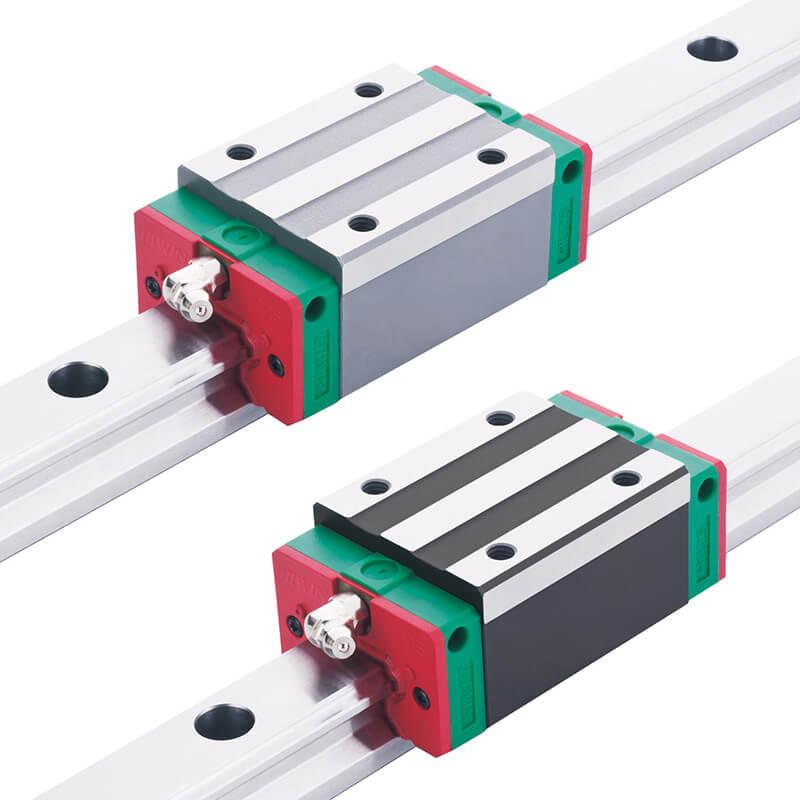
HG series
Standard guideway series, 4-row ball-type linear guideway. Narrow and flanged carriages, stock item.
Features:
- Stock guide sizes 15-65, guide lengths 3,885-4,000 mm
- Narrow guide carriages, HGH..CA/HA, HGL..CA/HA
- Flanged carriages HGW..CC/HC
- Guides cut to size, with ground ends and extended into a track
- Wide range of accessories available
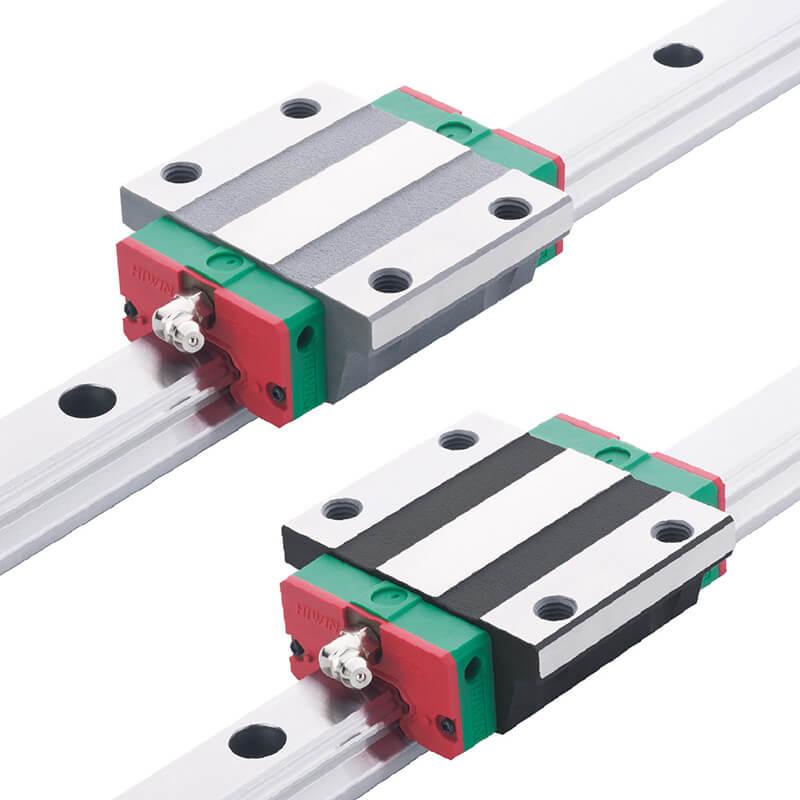
QH/QE series
Ball chain guideway series, 4-row ball-type linear guideway. Narrow and flanged carriages, partially in stock.
Features:
– Stock guide sizes QH15-45 and EQ15-35, guide lengths 4,000 mm
– Narrow guide carriages, QHH..CA/HA, QEH..SA/CA
– Flanged carriages GHW..CC/HC, QEW..SC/CC
– Guides cut to size, with ground ends and extended into a track
– Wide range of accessories available
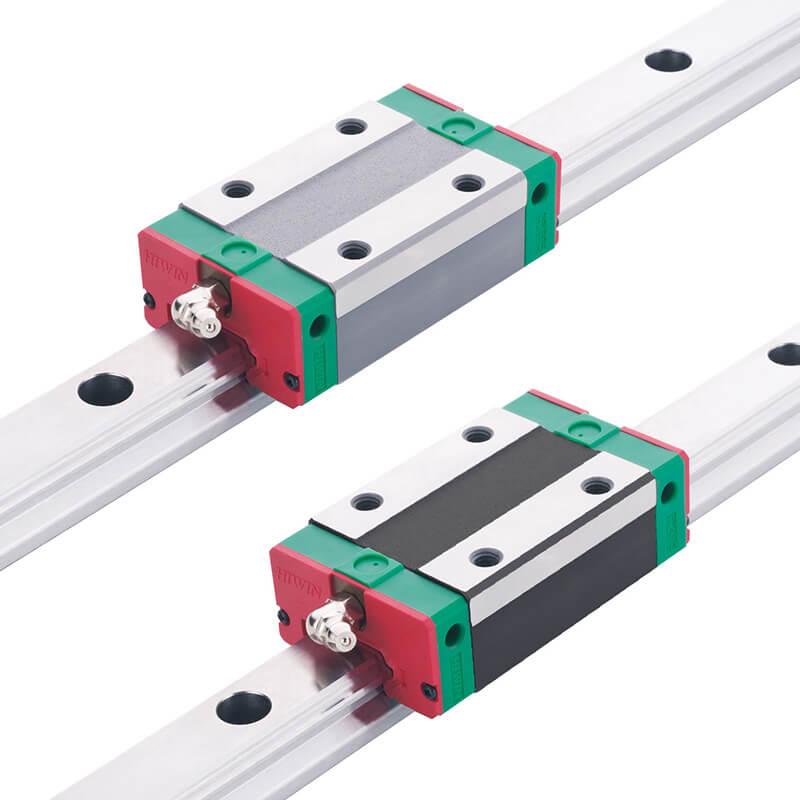
EG series
Low-profile linear guideway series, 4-row ball-type linear guideway. Narrow and flanged carriages, partially in stock.
Features:
- Stock guide sizes 15-30, also available in size 35, guide lengths 3,960-4,000 mm
- Narrow guide carriages, EGH..SA/CA
- Flanged carriages EGW..SC/CC
- Guides cut to size, with ground ends and extended into a track
- Wide range of accessories available
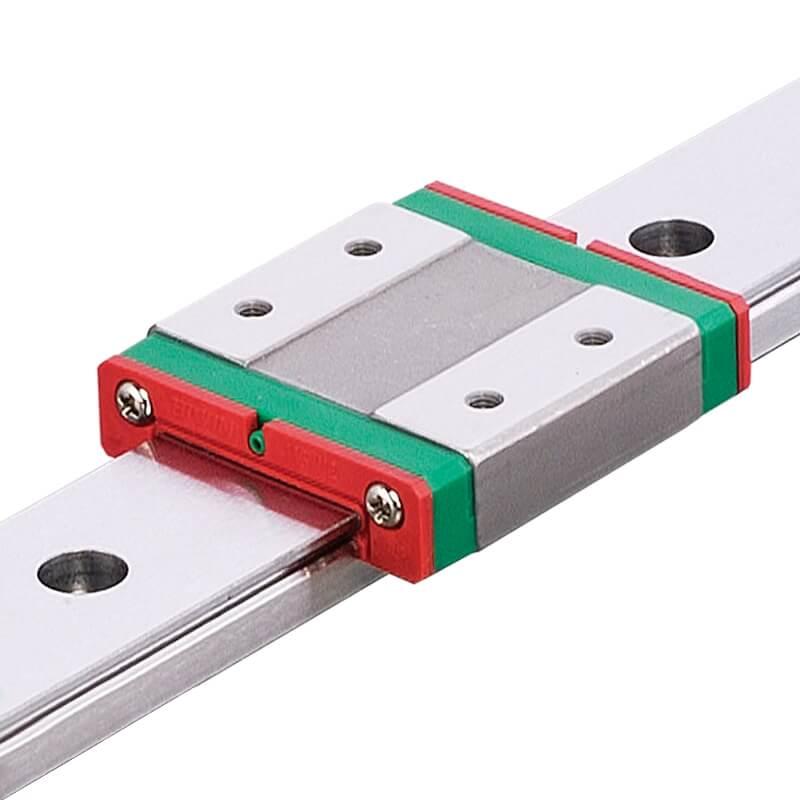
MG series
Miniature guideway series, 2-row ball-type linear guideway. Narrow standard and long carriages, stock item.
Features:
- Stock guide sizes 7-15, guide lengths 600-2,000 mm
- Standard guide carriages, MGN..C and MGW..C
- Long guide carriages, MGN..H and MGW..H
- Guides cut to size, with ground ends and extended into a track
- Wide range of accessories available
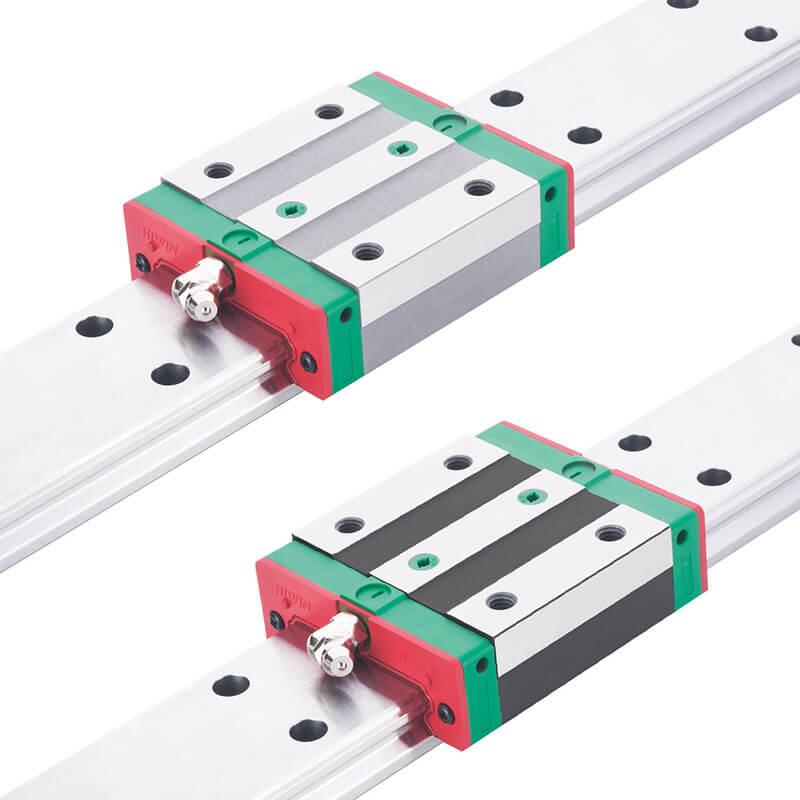
WE/QW series
Wide, 4-row ball-type linear guideway. Narrow and flanged carriages, made-to-order item.
Features:
- Made-to-order, also available with ball chain (QW)
- Narrow guide carriages, WEH..CA / QWH..CA
- Flanged carriages, WEW..CC / QWW..CC
- Guides cut to size, with ground ends and extended into a track
- Wide range of accessories available

